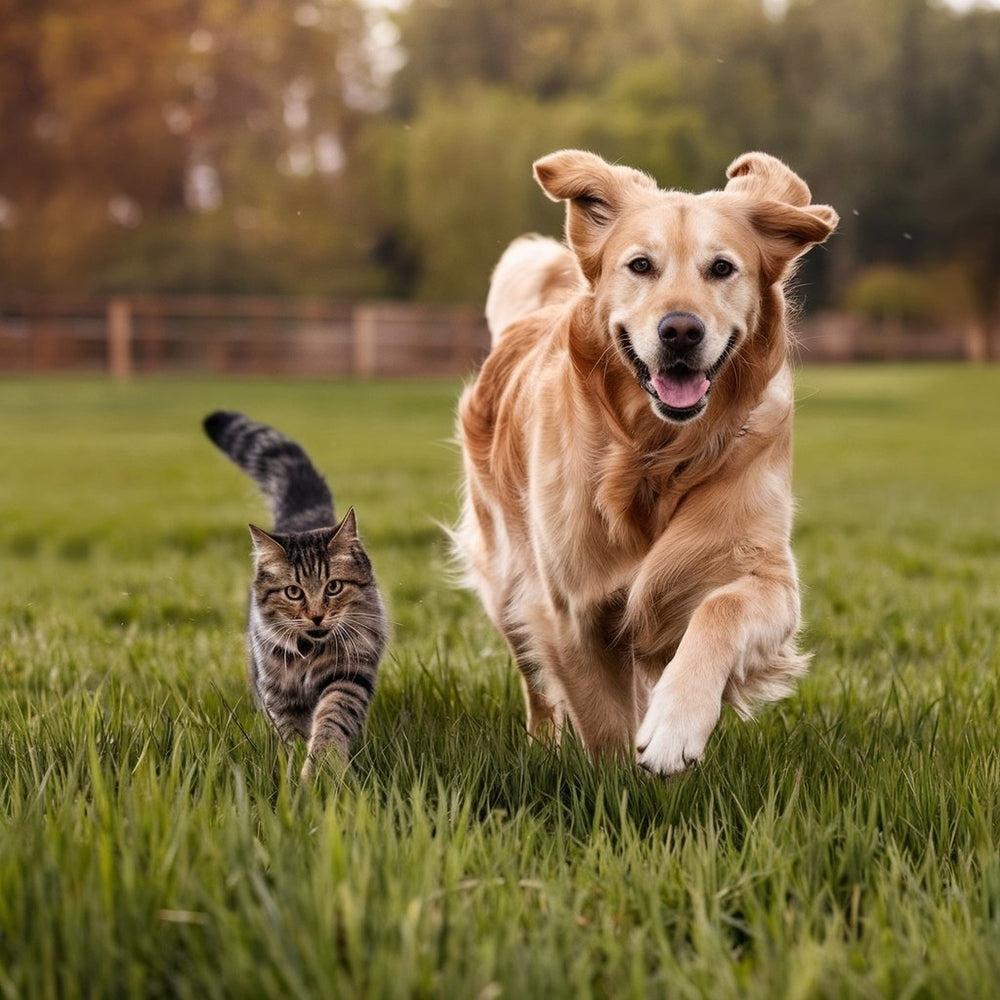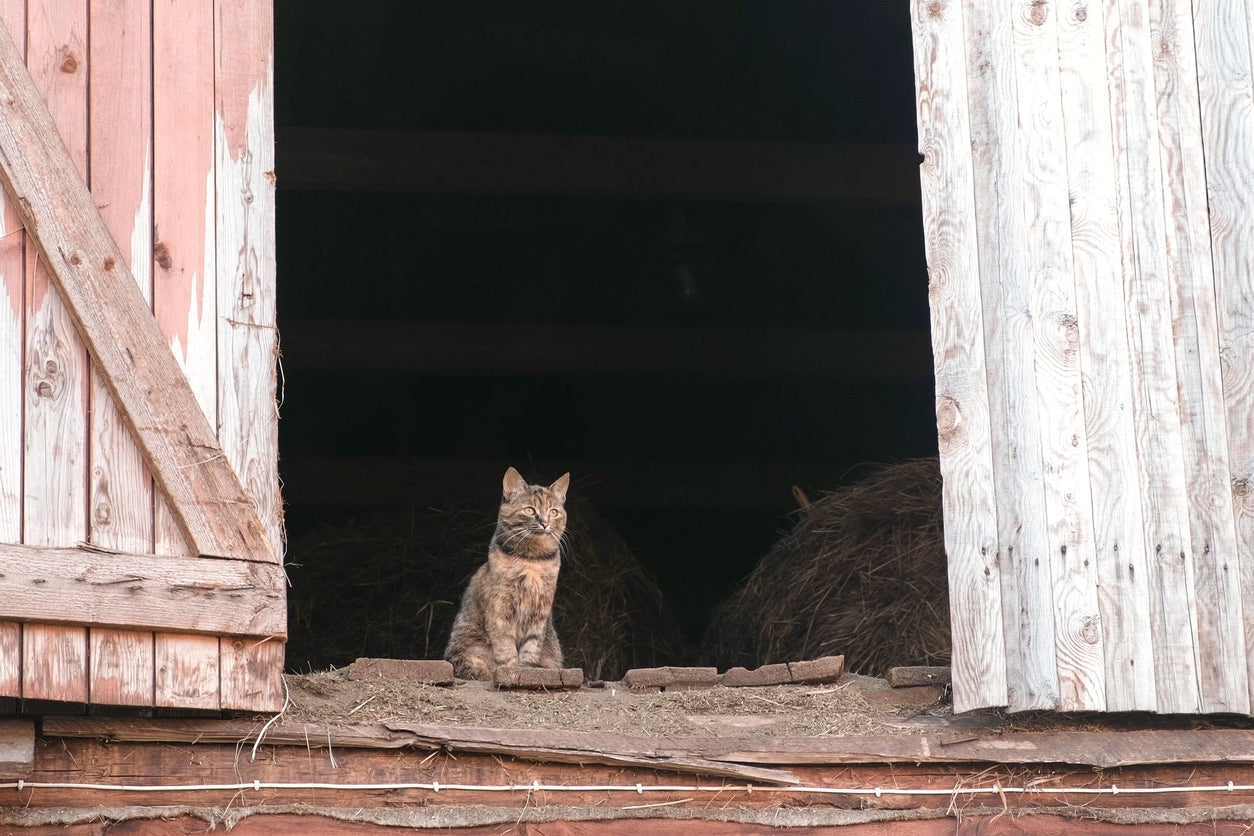Fall is upon us! The days are getting shorter, the weather wetter, and allergens stronger. Is your pet prepared for such changes? Let’s discuss ensuring your four-legged friend is ready for the change in routine, climate, time, and weather.
Changes to Routine
Are you and your pet ready for the forthcoming time change? Sunday, November 3rd marks the time to “fall back” where our clocks will be set an hour earlier. This means it will get darker sooner. Odds are the time change will impact your walking schedule if you have a fido in your family.
Although us humans may be able to conceptualize the difference in time, your pet is going to run with what they know. This may mean they will wake you up earlier for a little while. If necessary, try to slowly integrate the change in time into their schedule.
For instance, they may struggle with the change in feeding time if they are very regimented. For the week leading up to daylight savings, try adjusting their schedule 10 to 15 minutes later a day. That way when the time change hits, it won’t be a shock to their system.
The same goes for their walking habits! Keep in mind that their usual afternoon walk times are likely to be far darker. If this is something regimented based on your working schedule, ensure your pet still gets adequate exercise time, even if in the dark.
Preparing for a Darker, Colder Walk
It is important you and your furry friend are safe during the darker and colder months. Ensure you have proper visibility through light colored clothing, headlamps, and reflective gear – like leashes and collars. If your pet is sensitive to the chilly weather, ensure you have layers for them, much like yourself! This can include a jacket and booties.
If you live in a snowy or rainy climate, you may need to account for cleanup time. I know my family pooch’s hair gets crazy during a misty walk. It is important to ensure your pet is wiped down after a wet walk and brushed. This brushing can also help ensure removal of pollen that can cause allergies.
Preparing for Allergies

If your pet is prone to allergies, the fall time can be tough for them. The transition from summer to fall is a time of increased allergens. As the plants change, leaves fall, and wind blusters, your pet may have an increase in itchiness.
During this time, it is important to make sure you have a proper pet-care routine. Make sure your pup gets frequent baths or grooms to help reduce the impact of allergens in their hair and dander. Daily brushing, especially after their walks, can also help.
Another recommendation is to ensure their area is clean. This includes frequent (likely weekly) washing of any bedding, blankets, and toys. Also, make sure you keep your home clean through regular vacuuming, including on the couch if your pet lounges there.
This time of year often brings some increased shedding from our furry friends as the seasons change. For further information, check out Tips to Control The Shedding! If you have concerns regarding your pet’s allergies and think their reaction to allergens is severe, I encourage you to talk to your vet and check out Managing Your Dog’s Allergies.
Bonus: Keeping Your Pet Satiated
If your pet’s activity level differs greatly between the summer and winter months, it is possible your pup may need less food in the colder months. If you are taking them on less walks, they may not need as much food in their daily routine. Make sure though to keep their activity levels up as much as possible to keep your furry friend happy and healthy!
Being Aware of the Winter Blues
There has not been any specific studies around seasonal affective disorder – often called “SAD” – in dogs, but it is conceivable. According to Can Dogs Get Seasonal Affective Disorder?, dogs' brains have similar characteristics to humans through the pineal gland.
The pineal gland is responsible for producing melatonin which impacts sleep patterns. Interestingly, during winter months, some humans’ brains produced increased amounts of melatonin. This can change mood and sleep, and it is conceivable this is also the case for dogs.
Unfortunately, it is possible dogs may experience increased levels of sadness in winter. This would be more likely in northern regions with significantly increased darkness. Just like us humans, it is important to stay as happy and healthy as possible through regular exercise and diet.
In Closing
The change in season can bring a shift in perspective and an opportunity to prioritize rest and relaxation. It is no secret this can heavily impact us humans, and the same is true for our furry friends. So, as the days get shorter, colder, and closer to daylight savings, make sure your pup is ready for the months ahead.




